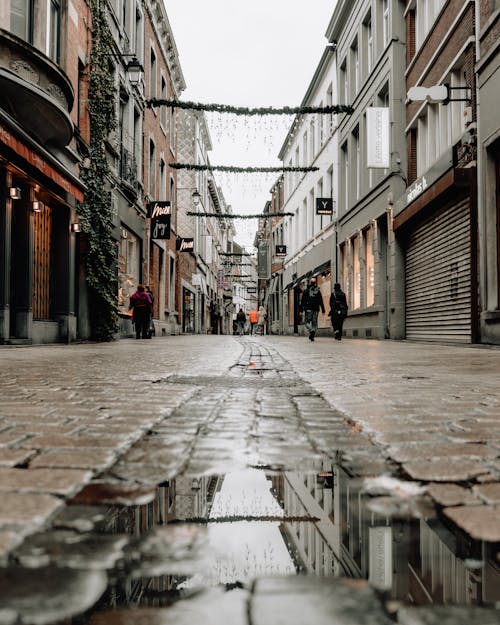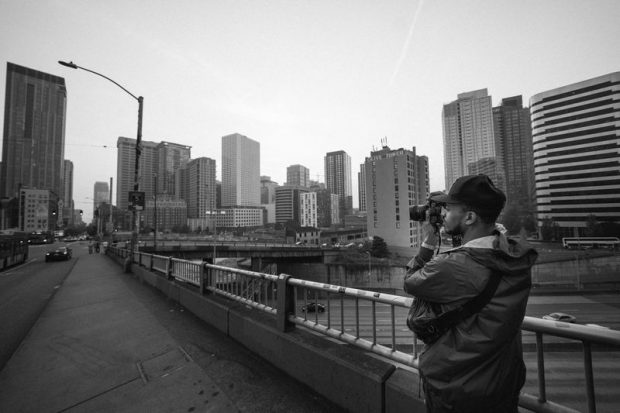7 Easy Facts About Framing Streets Shown
7 Easy Facts About Framing Streets Shown
Blog Article
More About Framing Streets
Table of ContentsSome Known Incorrect Statements About Framing Streets What Does Framing Streets Do?Getting My Framing Streets To WorkSome Of Framing StreetsThe Best Strategy To Use For Framing StreetsA Biased View of Framing Streets
Photography style "Crufts Dog Show 1968" by Tony Ray-Jones Street digital photography (additionally in some cases called honest digital photography) is photography performed for art or questions that includes unmediated chance experiences and random occurrences within public areas, typically with the goal of recording images at a decisive or poignant minute by cautious framework and timing. 
Some Of Framing Streets
Susan Sontag, 1977 Street photography can concentrate on people and their actions in public. In this respect, the street professional photographer is similar to social docudrama digital photographers or photojournalists that additionally function in public locations, but with the purpose of capturing relevant occasions. Any of these digital photographers' pictures may capture people and home noticeable within or from public areas, which typically requires browsing ethical issues and legislations of privacy, safety, and property.
Representations of day-to-day public life develop a category in nearly every period of globe art, beginning in the pre-historic, Sumerian, Egyptian and very early Buddhist art durations. Art handling the life of the road, whether within sights of cityscapes, or as the leading theme, appears in the West in the canon of the Northern Renaissance, Baroque, Rococo, of Romanticism, Realism, Impressionism and Post-Impressionism.
Not known Facts About Framing Streets
Louis Daguerre: "Blvd du Holy place" (1838 or 1839) In 1838 or 1839 the very first photograph of numbers in the street was tape-recorded by Louis-Jacques-Mand Daguerre in among a pair of daguerreotype views extracted from his studio home window of the Boulevard du Holy place in Paris. The 2nd, made at the elevation of the day, shows an unpopulated stretch of street, while the various other was taken at about 8:00 am, and as Beaumont Newhall records, "The Boulevard, so frequently full of a relocating bunch of pedestrians and carriages was perfectly solitary, other than an individual that was having his boots cleaned.
, that was motivated to carry out a similar documents of New York City. As the city created, Atget helped to promote Parisian roads as a worthy topic for digital photography.

What Does Framing Streets Mean?
Martin is the initial taped digital photographer to do so in London with a masked video camera. Mass-Observation was a social study organisation established in 1937 which intended to videotape daily life in Britain and to tape the reactions of the 'man-in-the-street' to King Edward VIII's abdication in 1936 to marry separation Wallis Simpson, and the sequence of George VI. Between 1946 and 1957 Le Groupe des XV yearly showed job of this kind. Andre Kertesz. Circus, Budapest, 19 May 1920 Street photography formed the significant content of 2 events at the Museum of Modern Art (Mo, MA) in New york city curated by Edward Steichen, 5 French Professional Photographers: Brassai; Cartier-Bresson, Doisneau, Ronis, Izis in 1951 to 1952, and Post-war European Digital Photography in 1953, which exported the principle of street digital photography internationally.

The 4-Minute Rule for Framing Streets
The recording device was 'a surprise camera', a 35 mm Contax concealed below his coat, that was 'strapped to the breast and linked to a lengthy wire strung down the ideal sleeve'. His work had little modern influence as due to Evans' sensitivities about the creativity of his task and the privacy of his subjects, it was not released up until 1966, in the book Several Are Called, with an introduction composed by James Agee in 1940.
Helen Levitt, then an instructor of kids, linked with Evans in 193839. She recorded the transitory chalk illustrations - Sony Camera that were part of kids's street culture in New York at the time, as well as the children who made them. In July 1939, Mo, MA's new digital photography area included Levitt's job in its inaugural eventRobert Frank's 1958 book,, was substantial; raw and frequently out of focus, Frank's photos examined mainstream digital photography of the moment, "tested all the formal policies put down by Henri Cartier-Bresson and Walker Evans" and "flew in the face of the wholesome pictorialism and heartfelt photojournalism of American publications like LIFE and Time".
Report this page